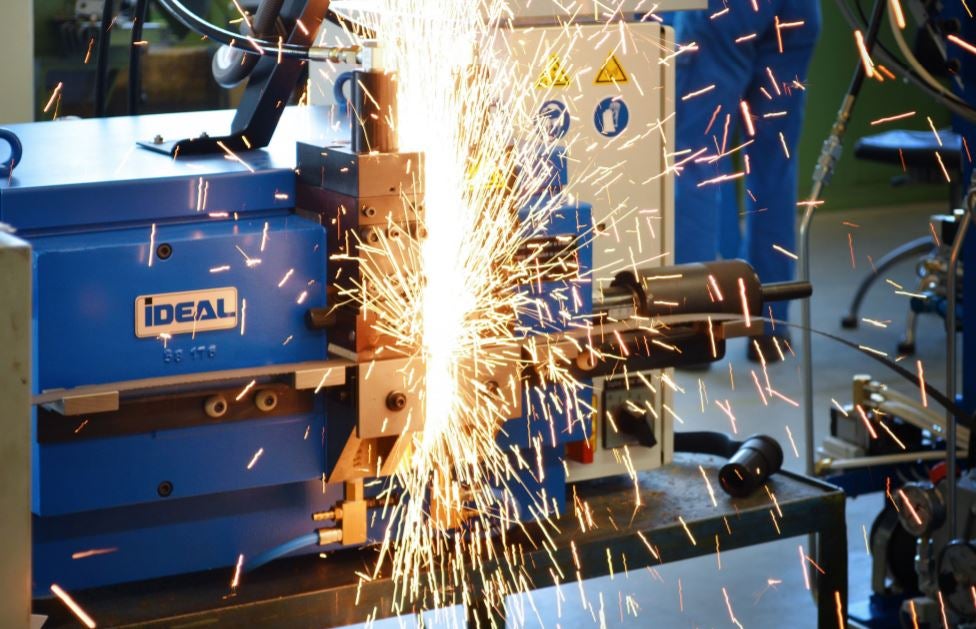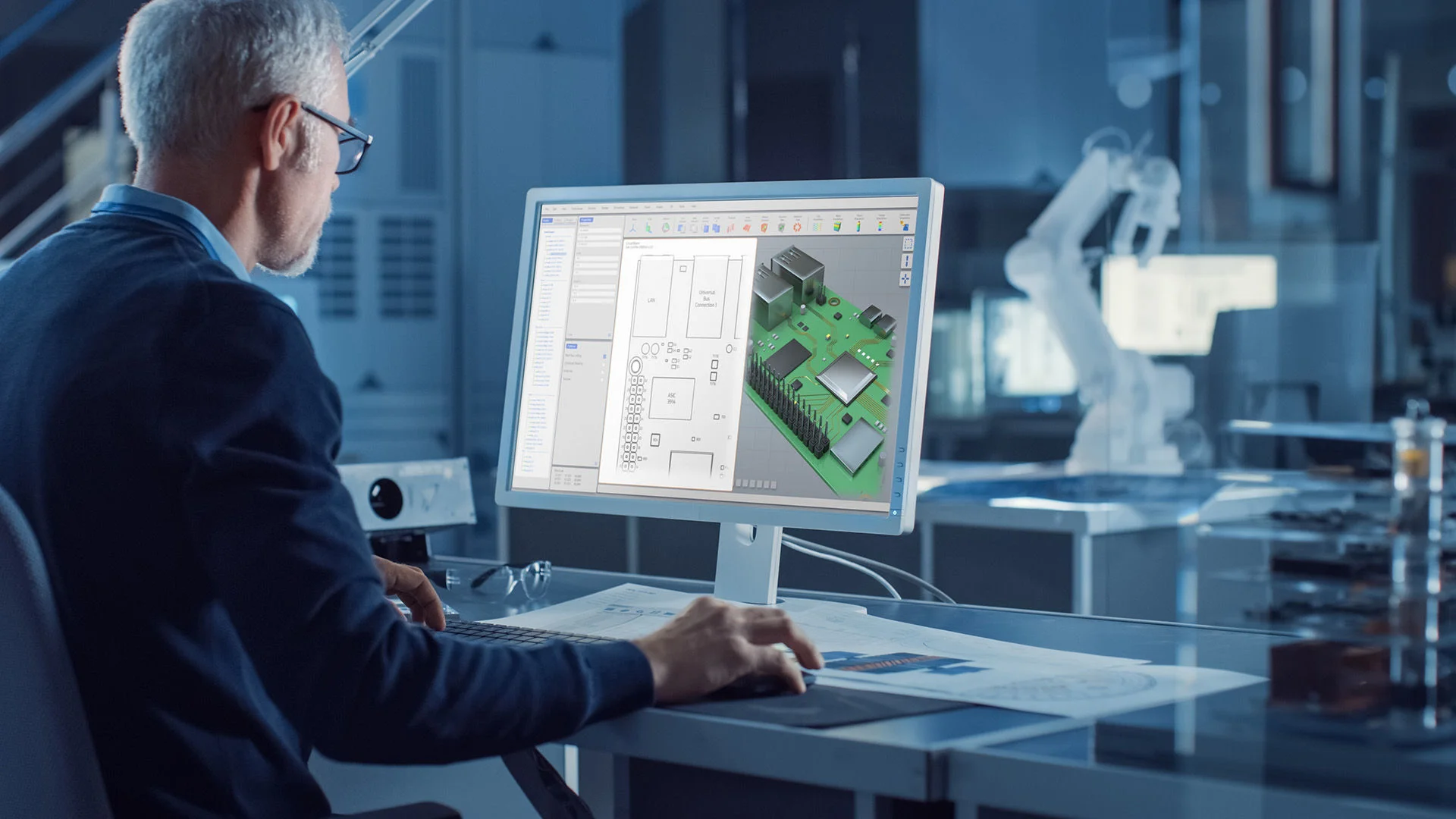
PLM and ERP permanently welded together
There are certain metallic materials that, because of their composition, actually cannot be welded or can only be welded after being treated. IDEAL-Werk C. + E. Jungeblodt GmbH + Co. KG is a recognized authority specializing in just such impossible missions. Since 1923, the mid-sized company headquartered in Lippstadt has been manufacturing innovative welding solutions for customers in the steel, mechanical engineering, automotive manufacture, and other industries. Between 70% and 80% of the systems are exported to destinations outside Germany. The company is represented by distribution
IDEAL's range of products includes welding machines for band saws, wires, cables, pipes, sheet metal, wire mesh, etc.; coil joining machines using resistance welding, arc welding and laser welding processes; as well as complete production lines for various applications.
In addition to standard designs and systems made of prefabricated modules configured specifically for certain applications, the company also develops and produces completely customized special solutions. "That is our strength. Innovations are continually being integrated into our standard machines from our customized systems," says Managing Director Max Clemens Jungeblodt, who with his cousin has been running the family business since 2006.
Consolidating the menagerie of systems
Since the new generation took over the top management, the company has also become technically and organizationally younger. Mechanical production was completely modernized so that it is now possible to operate two shifts, and a new assembly and logistics center was built. Additionally, SAP was introduced as the ERP system at the end of last year, and at the same time the heterogeneous system landscape in the engineering areas with separate CAD and document-management systems with dozens of additional programs written in-house was consolidated.
"A daunting undertaking, which we would not have been able to surmount without a competent partner such as CIDEON," says IT project manager Manfred Löher. Also of decisive importance to the success of the project was the seamless collaboration with the SAP partner, which implemented the ERP solution. The aim of the integration project was the improvement of data consistency and transparency between the PLM and ERP worlds in order to reduce throughput times and lower costs. "Especially with the parts we manufacture ourselves, we wanted to achieve a simple process flow for creating materials and improved data transparency when changes are made," says Jungeblodt.
"We wanted to make it possible for every employee in the company to access data, including design data. And we made it happen across the board. We now have only one 'source of truth' and only one valid version of each document."
SAP PLM took the place of a heterogeneous, unintegrated system landscape with multiple data repositories, as system administrator Christoph Tünsmeier explains. Consolidating the menagerie of systems "We are always attempting to further standardize the mechanics using PLM and to increase benefits to the individual customers by means of electronics and simple communication between man and machine."
In 2005 IDEAL expanded its 2D CAD installation with its first SolidWorks workstations and added a reasonably priced database to manage its 3D CAD data. The CAD data management system, however, neither supported the versioning of files nor permitted the hierarchical management of access rights, and the company attempted to replace the existing database with a stand-alone PDM system.
After all the 2D documents had been transferred to the new system, it became apparent that the provider was not in a position to migrate the 3D data cleanly. "This failed attempt cost us huge amounts of time and energy," says Jungeblodt.














